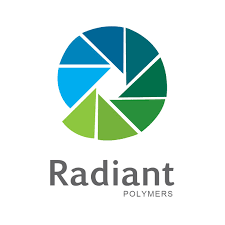As polymer researchers, we are constantly seeking to unlock the mysteries of these fascinating materials that are all around us in our everyday lives. From the plastics that make up our water bottles and food containers to the synthetic fibers in our clothing, polymers play a crucial role in modern society. One particular type of polymer that has been gaining attention in recent years is polyurea, known for its remarkable properties and wide range of applications.
Polyurea is a type of polymer that is formed through the reaction of isocyanates with amines or hydroxyl compounds. What sets polyurea apart from other polymers is its exceptional strength, durability, and chemical resistance. These properties make polyurea an ideal material for a variety of applications, including protective coatings, liners, adhesives, and sealants.
In the field of polymer research, understanding the structure-property relationships of polyurea is essential for optimizing its performance in different applications. The molecular structure of polyurea is characterized by the presence of urea linkages, which contribute to its strength and flexibility. By studying the interactions between polymer chains and the mechanisms of polymerization, researchers can tailor the properties of polyurea to meet specific requirements.
One of the key advantages of polyurea is its fast curing time, which allows for rapid production and application in industrial settings. This is especially advantageous in applications where quick turnaround times are critical, such as in the construction and automotive industries. Additionally, polyurea exhibits excellent adhesion to a wide variety of substrates, making it an ideal choice for protective coatings and sealants.
Polyurea’s chemical resistance is another notable feature that sets it apart from other polymers. Its resistance to a wide range of chemicals, including acids, alkalis, and solvents, makes polyurea a preferred material for applications where exposure to harsh environments is a concern. This property makes polyurea a popular choice for protective coatings in industrial settings, where corrosion and chemical damage are common.
In recent years, advancements in polymer research have led to the development of novel polyurea formulations with enhanced properties, such as improved UV resistance, abrasion resistance, and fire retardancy. These developments have expanded the range of applications for polyurea, making it a versatile material for a wide variety of industries.
As polymer researchers, our work is crucial in advancing the field of polymer science and engineering. By studying the properties and behaviors of polymers such as polyurea, we can develop innovative solutions for real-world challenges and create new opportunities for technological advancements. Through collaboration and knowledge sharing, we can continue to push the boundaries of polymer research and unlock the full potential of these fascinating materials.
In conclusion, polymers, including polyurea, are an integral part of our everyday lives and offer a vast array of possibilities for innovation and discovery. As polymer researchers, we play a vital role in uncovering the secrets of these complex materials and harnessing their unique properties for the benefit of society. By exploring the diverse world of polymers, we can pave the way for a brighter and more sustainable future.
Remember, polymers are not just materials – they are the building blocks of progress and innovation in the modern world. Let’s continue to push the boundaries of polymer research and unlock the full potential of these remarkable materials.

